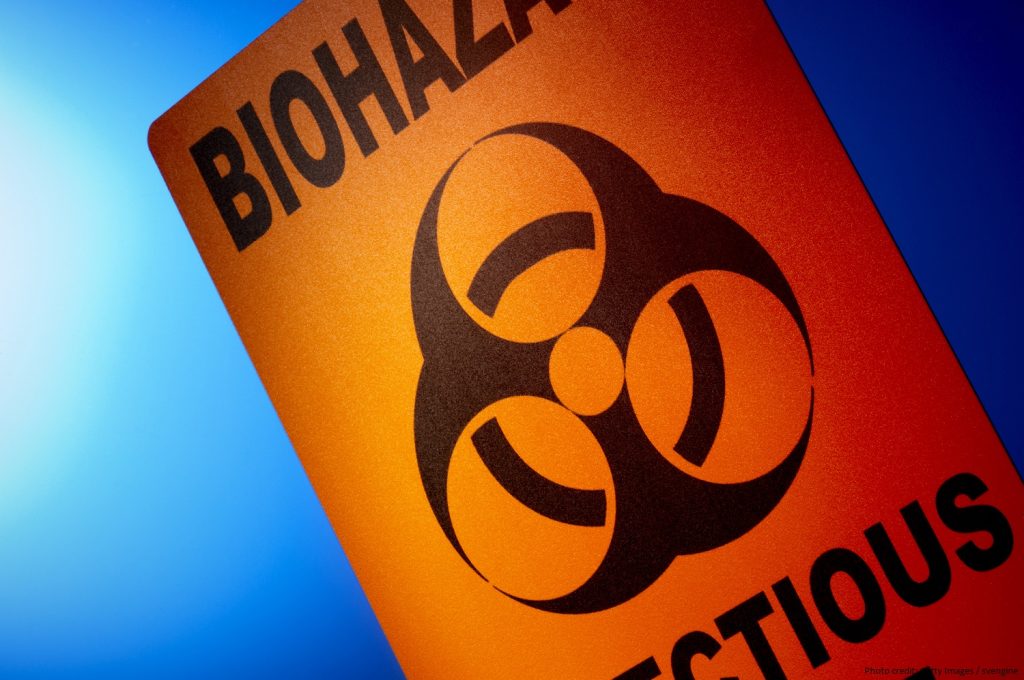 We know that businesses face a unique set of waste management challenges when they handle hazardous substances. Where others can send their waste to a landfill or Waste to Energy plant without a second thought, these businesses must consider additional steps. Because the responsible disposal of hazardous substances is different than the disposal of other waste products, businesses should have a separate waste management plan for hazardous materials. While daunting, it’s important to consider these processes and look for ways to improve upon them.
We know that businesses face a unique set of waste management challenges when they handle hazardous substances. Where others can send their waste to a landfill or Waste to Energy plant without a second thought, these businesses must consider additional steps. Because the responsible disposal of hazardous substances is different than the disposal of other waste products, businesses should have a separate waste management plan for hazardous materials. While daunting, it’s important to consider these processes and look for ways to improve upon them.
What are Hazardous Substances?
One challenge that manufactures sometimes face is knowing exactly what is considered a hazardous substance. To effectively manage hazardous waste, it is important to know the EPA and OSHA hazardous substance definition. It’s also important to know the state and federal requirements and laws that dictate how hazardous waste must be managed. Some of the most common types of hazardous substances often include:
- Ignitable items that easily catch on fire like solvents, paint, and gasoline
- Corrosive waste that “eats” something else, including battery acid, caustic paint strippers, and some floor cleaners
- Reactive waste that is unstable or explosive like certain cyanide and sulfide-bearing waste
- Toxic substances that are harmful when ingested or absorbed like gasoline and solvents
These are just a few hazardous substances examples. When you look for ways to improve your processes for handling hazardous waste, do thorough research. Look for a hazardous substances list that is specific to your industry, and be sure you understand the legal requirements for disposing of it.
Evaluate Your Process Repeatedly
One of the best ways you can improve your processes for handling hazardous substances is by simply monitoring your processes more often. First, you’ll need to create a plan for handling hazardous waste, using industry, state, and federal guidelines. Then, you need to evaluate that plan repeatedly. To ensure that your system is up-to-date, efficient, and safe, you need to reevaluate your procedures from time to time. At least once every quarter, set aside time to take a look at the waste products in your business. Then, find ways to improve your process.
Handle Hazardous Substances Less Often
It goes without saying that the safest way to handle hazardous substances is to not handle it all. Take a significant step to improving your processes for safely handling hazardous substances by finding ways to handle dangerous waste less often. To do this, consider a small footprint compactor that can be placed at the source of hazardous waste.
Hazardous waste compactors like our HazPac allow you to handle dangerous substances less often. In addition, the HazPac has a small footprint, high compaction rate, ease of use, and a unique ability to compact waste into bulk bags or into hazardous waste boxes. This makes our hazardous waste compactor ideal for compacting hazardous waste for transporting. In addition, because of the HazPac’s small footprint, it can be placed close to the source hazardous material generation, saving travel time and increasing safety and efficiency.
Learn More about KenBay’s Waste Management Products
We know that waste management can be a burden. But, with KenBay, you’ll have the tools you need to help make the job a little easier. The next time you evaluate your waste products and waste management strategy, consider integrating one of our industrial trash compactors into your processes.
Don’t let something like a waste get in the way of your business operations. If you’re interested in trash compactors or finding a committed consultant to help you reduce your waste, call KenBay. We can tell you more about our services, no matter what industry you’re in, or how much waste you are creating!
Photo credit: Getty Images / svengine


